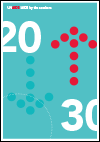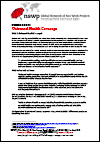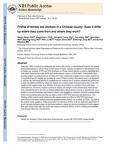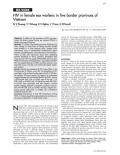Publications on Key Populations
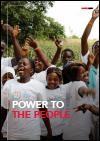
A new report by UNAIDS, Power to the people, released ahead of #WorldAIDSDay, shows that where people and communities living with and affected by HIV are engaged in decision-making and #HIV service delivery, new infections decline and more people living with HIV gain access to treatment. When people have the power to choose, to know, to thrive, to demand and to work together, lives are saved, injustices are prevented and dignity is restored.
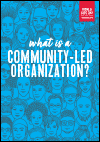
Community-led organizations are led by the people who they serve and are primarily accountable to them. In the AIDS response, this includes organizations by and for people living with HIV or tuberculosis and organizations by and for people affected by HIV, including gay men and other men who have sex with men, people who use drugs, prisoners, sex workers, transgender people, women and young people.
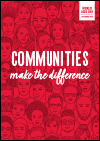
Communities make an invaluable contribution to the AIDS response. Communities of people living with HIV, of key populations—gay men and other men who have sex with men, people who use drugs, sex workers, prisoners, transgender people and prisoners—and of women and young people lead and support the delivery of HIV services, defend human rights, support their peers. Communities are the lifeblood of an effective AIDS response and an important pillar of support.
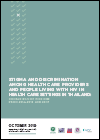
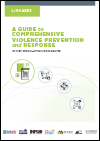
The LINKAGES project developed a programmatic guide and three training manuals to support the integration of violence prevention and response activities with HIV prevention, care and treatment services in key population programs. The guide contains principles, step-by-step instruction, and sample templates and tools. The three training manuals build the knowledge and skills of health care workers, peer educators and outreach workers, and law enforcement officers to understand, assess, prevent and appropriately respond to violence affecting the lives of individuals.
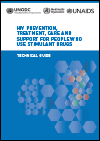
The guide is intended for use by policymakers, programme managers and service providers, including community-based organizations, at the national, regional or local levels, who undertake to address HIV prevention, treatment and care. It also provides useful information for development and funding agencies and for academia.






